Introduction to Smartglasses: A Comprehensive Guide
2024-05-06 | By Orcam Staff
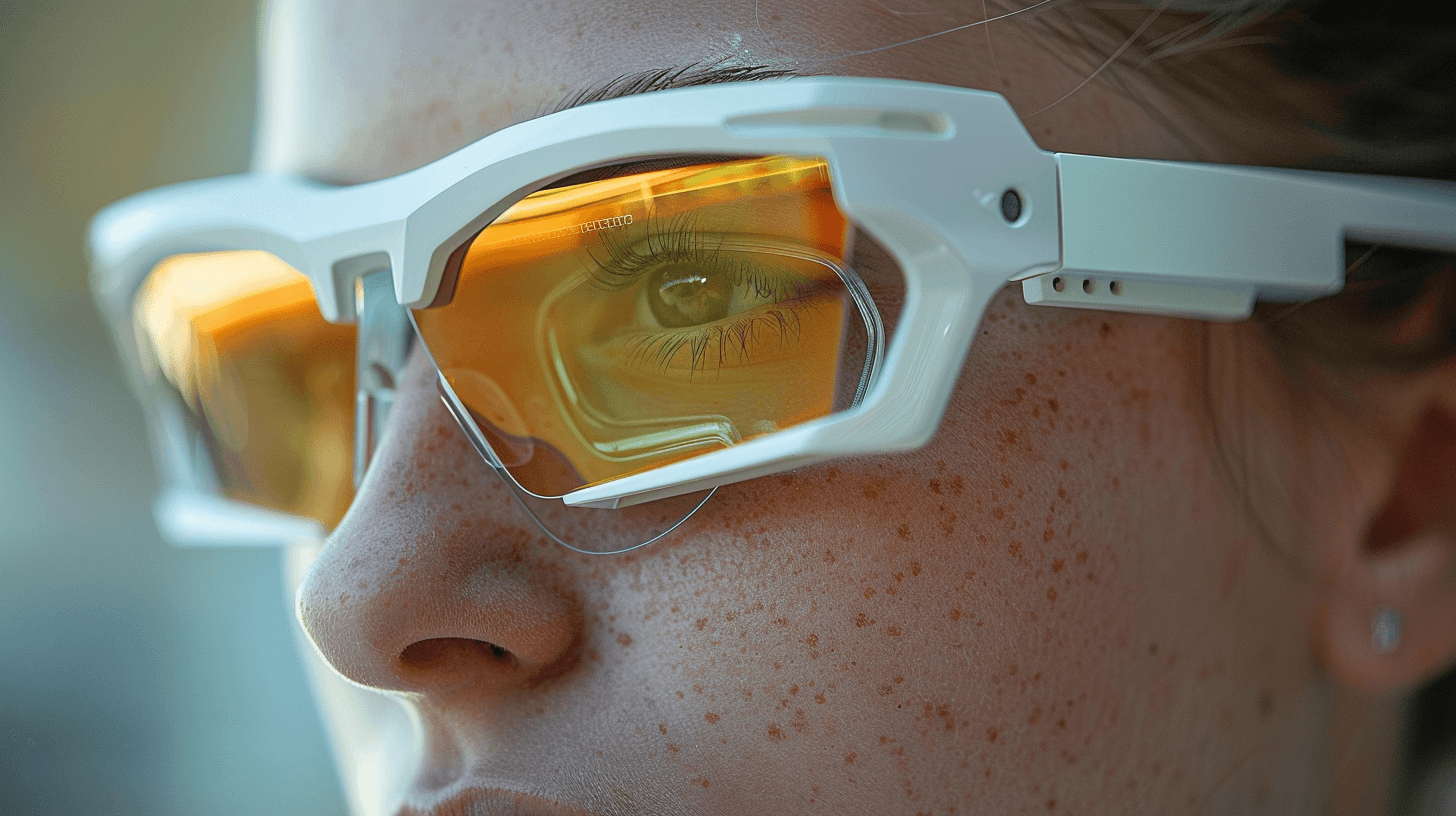
In the realm of wearable technology, smartglasses are a game-changer. They are more than just a fashion statement or a tech gadget.
Smartglasses are a blend of style, functionality, and advanced technology. They are designed to augment our reality, enhance our productivity, and transform the way we interact with the world.
This comprehensive guide will introduce you to the fascinating world of smart eyewear. We will delve into the technology behind these devices, explore their applications, and look at what the future holds.
Whether you're a tech enthusiast, a potential consumer, or just curious, this guide will provide you with a thorough understanding of smartglasses.
Join us as we embark on this journey into the world of smartglasses.
What Are Smart glasses?
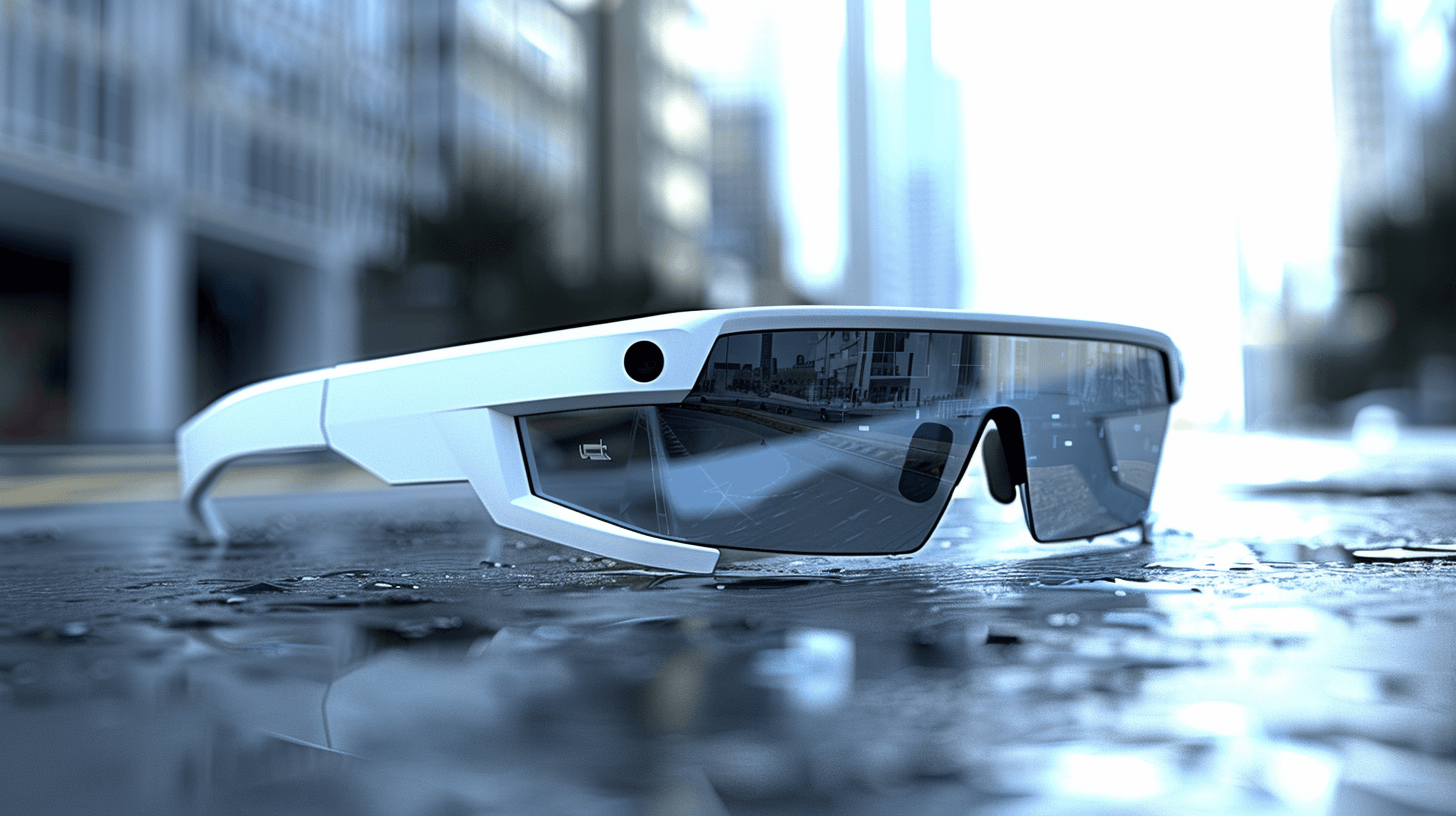
Smart glasses, also known as smart eyewear, are wearable computer glasses. They add information to what the wearer sees. Unlike traditional glasses, smart glasses often include a heads-up display (HUD). This display is akin to those used in aviation or gaming.
The HUD projects information directly into the user's field of view. This information can range from simple notifications to complex augmented reality (AR) overlays.
Smart glasses can connect to the internet, enabling a range of functions. These include answering calls, sending texts, checking the weather, and even browsing the web.
In essence, smart glasses are a wearable computer. They offer hands-free access to data, communication tools, and a host of other digital services.
The Evolution of Smart Eyewear
The concept of smartglasses has been around for decades. However, it wasn't until the 21st century that technology caught up with the vision.
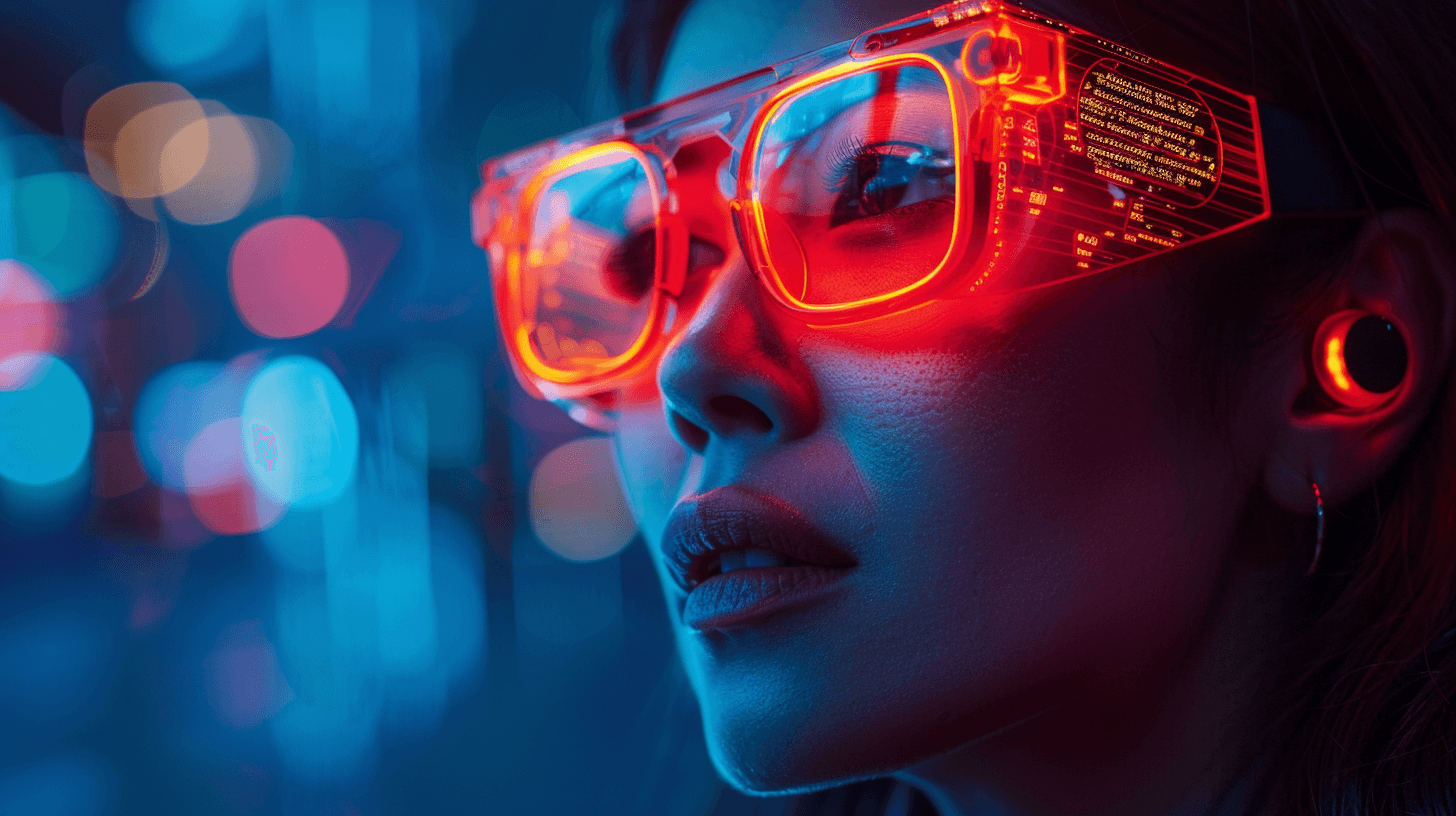
In 2013, Google introduced Google Glass. This was the first major attempt to bring smartglasses to the consumer market. Despite its innovative design, Google Glass faced criticism for its high price and privacy concerns.
Since then, numerous tech companies have entered the smart eyewear market. They have introduced a variety of models, each with its unique features and applications.
Today, smartglasses are used in a wide range of industries. From healthcare to manufacturing, these devices are transforming the way we work, learn, and interact with the world.
Core Technologies Behind Smartglasses
Smartglasses are a marvel of modern technology. They combine several advanced technologies to deliver a seamless and immersive user experience.
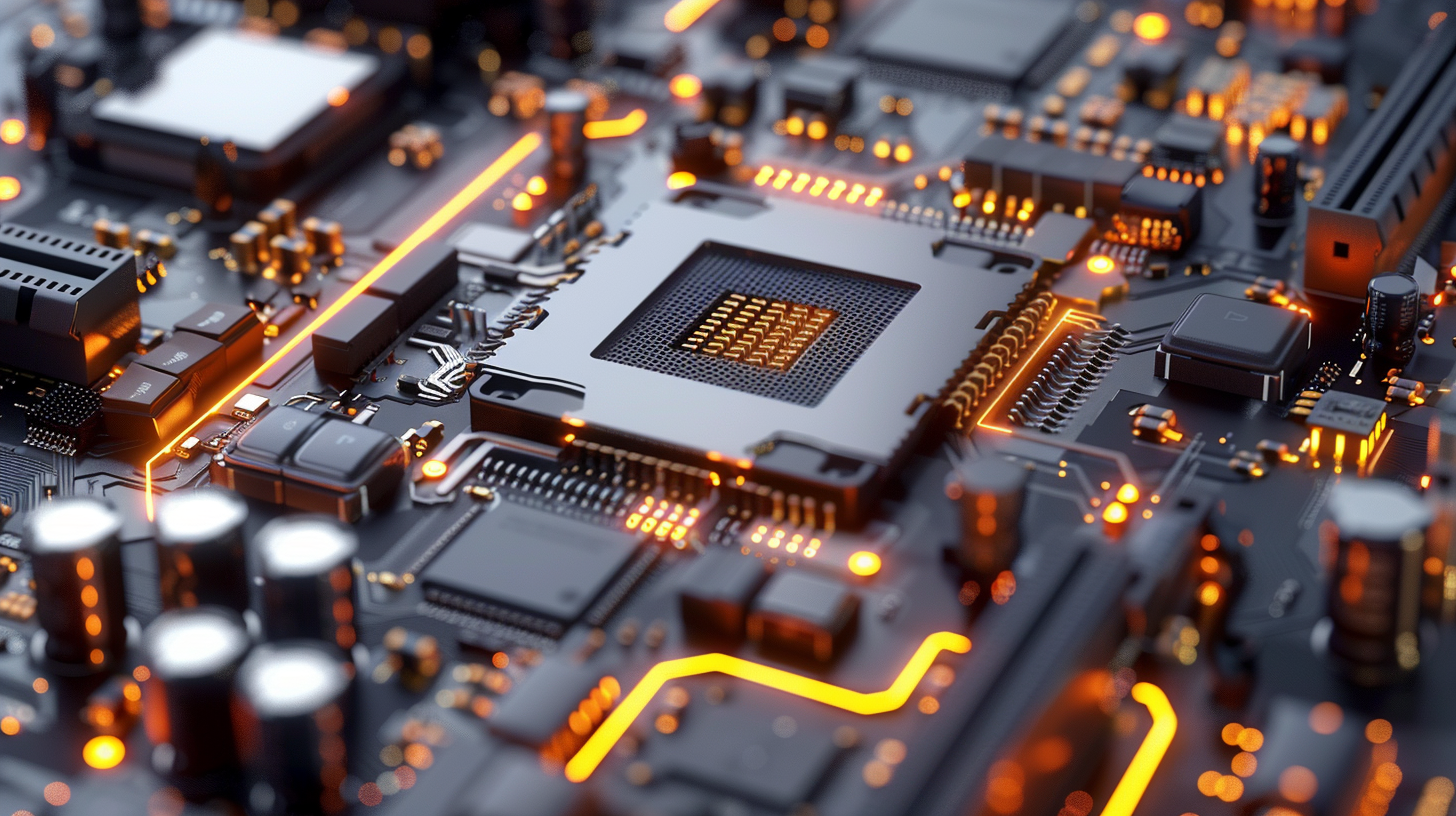
At the heart of smartglasses is a microdisplay. This tiny screen projects images onto the wearer's field of view. The quality of this display is crucial for the overall performance of the device.
Smartglasses also incorporate sensors and cameras. These components track the wearer's movements and surroundings. They enable the device to respond to gestures and voice commands.
The following are some of the key technologies used in smartglasses:
Microdisplays
Sensors (accelerometers, gyroscopes, magnetometers)
Cameras
Microphones
Speakers
Wireless connectivity (Bluetooth, Wi-Fi)
Augmented Reality (AR) and AI Integration
Augmented Reality (AR) is a defining feature of many smartglasses. AR overlays digital information onto the real world, enhancing the user's perception and interaction with their environment.
Artificial Intelligence (AI) plays a crucial role in this process. AI algorithms analyze the data captured by the device's sensors and cameras. They interpret this information to generate relevant and context-aware AR content.
For instance, AI can recognize objects in the user's field of view. It can then provide information about these objects or suggest actions related to them.
In this way, AR and AI work together to make smartglasses a powerful tool for information access and interaction.
Types of Smartglasses: From Bluetooth to AR
Smartglasses come in various forms, each designed to serve specific needs and preferences. The type of smartglasses one chooses depends on their intended use and personal requirements.
Bluetooth smart glasses, for instance, are primarily designed for hands-free communication. They connect to your smartphone via Bluetooth and allow you to make and receive calls, listen to music, and access voice assistants without touching your phone.
AR glasses, on the other hand, offer a more immersive experience. They overlay digital information onto your physical environment, enhancing your perception and interaction with the world around you.
Here are some of the common types of smartglasses:
Bluetooth Smart Glasses
AR Glasses
Low Vision Glasses
Smart Glasses with Display
Each type has its unique features and applications, making smartglasses a versatile and adaptable technology.
Key Features of the Best AI Smart Glasses
When it comes to choosing the best AI smart glasses, several key features come into play. These features determine the functionality, usability, and overall experience of using smart eyewear.
One of the most important features is the display quality. Smart glasses with high-resolution displays provide clear and vibrant images, enhancing the user's visual experience.
Here are some of the key features to look for:
High-resolution display
Long battery life
Comfortable fit
Robust build quality
Seamless connectivity
Intuitive controls
Wide field of view
High-quality audio
The best smart glasses strike a balance between these features, offering a seamless blend of functionality, comfort, and style. They provide a user-friendly interface, robust performance, and a design that fits well with the user's lifestyle and personal style.
Smartglasses in Action: Industry Applications
Smartglasses are not just a consumer product. They have found applications in various industries, revolutionizing the way we work, learn, and interact with the world.
In healthcare, smartglasses are being used to assist doctors during surgeries and to provide real-time data about patients. In education, they offer immersive learning experiences, making education more engaging and effective.
Here are some industries where smartglasses are making a significant impact:
Healthcare
Education
Manufacturing
Field Services
Let's delve deeper into how tech glasses are being used in these industries.
Healthcare and Accessibility
Smart eyeglasses are revolutionizing healthcare in many ways. They are being used to assist doctors during surgeries, providing real-time data and 3D imaging.

For patients with low vision or other disabilities, smartglasses can enhance their quality of life. They can provide visual aids, read text aloud, and even guide the visually impaired through unfamiliar environments.
Education and Training
In the field of education, smartglasses offer immersive learning experiences. They can bring lessons to life, making education more engaging and effective.
For training purposes, smartglasses can simulate real-world scenarios. This is particularly useful in fields like medicine and engineering, where hands-on experience is crucial.
Manufacturing and Field Services
In manufacturing and field services, smartglasses can provide workers with real-time information, improving efficiency and safety.
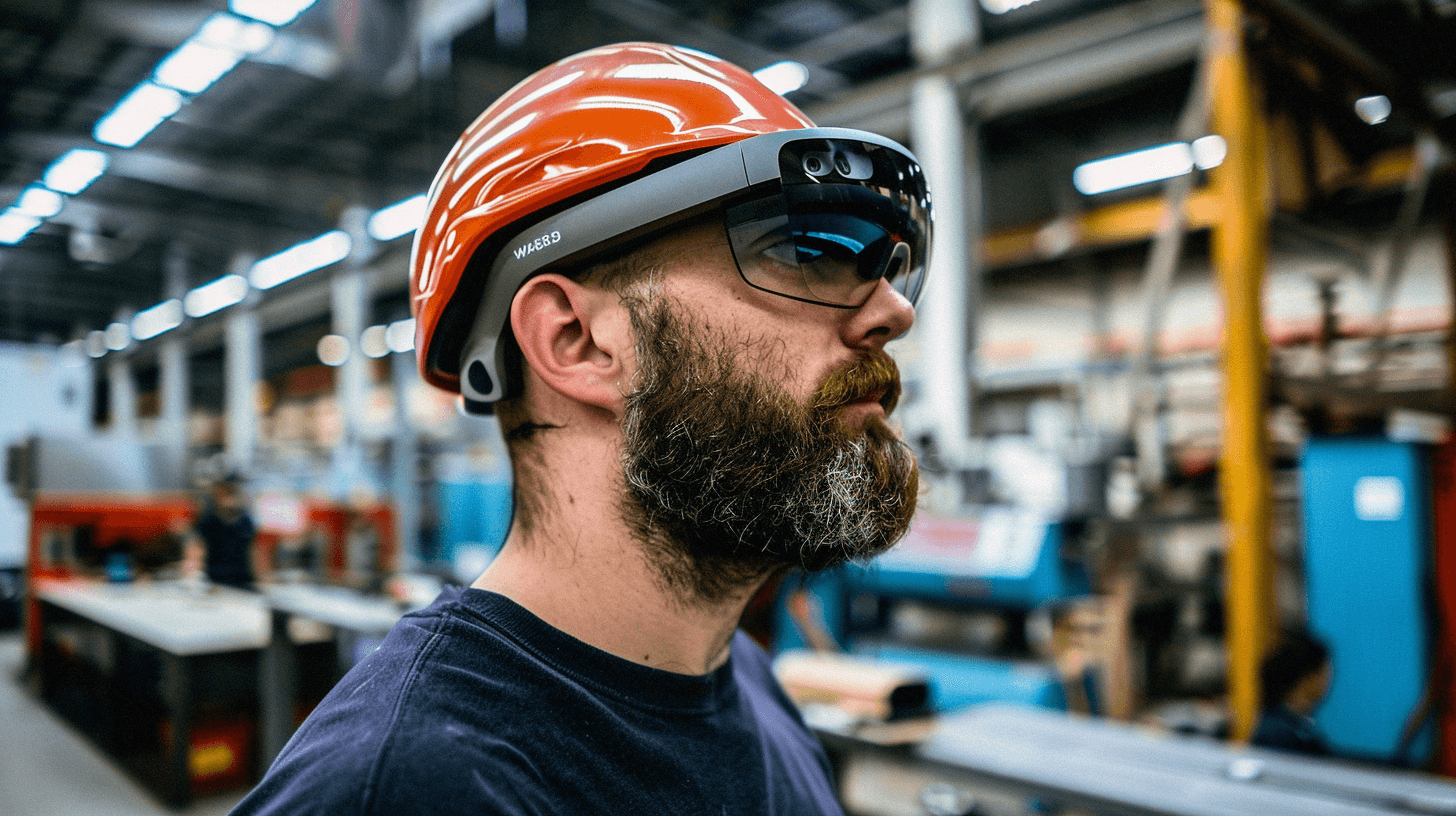
They can guide workers through complex tasks, provide instant access to manuals, and even allow remote experts to see what the worker sees and provide guidance. This can significantly reduce errors and increase productivity.
The Future of Smart Glasses Technology: Trends and Predictions
The future of smart glasses technology is promising, with advancements in technology and growing acceptance among consumers. The next generation of devices is expected to be more powerful, versatile, and user-friendly.

Artificial intelligence and machine learning will play a significant role in the evolution of smart glasses. These technologies will enable more personalized experiences, predictive analytics, and improved functionality.
The integration of smart glasses with other wearable tech and IoT devices is another trend to watch. This will create a more seamless and interconnected user experience, blurring the lines between the physical and digital worlds.
Lastly, as 5G technology becomes more widespread, it will enhance the performance and capabilities of smart glasses. Faster data speeds will enable real-time augmented reality experiences, making smart glasses an integral part of our daily lives.
Privacy, Security, and Ethical Considerations
As with any technology, smart glasses come with privacy and security concerns. The ability to record and transmit data can potentially infringe on personal privacy, especially in public spaces.

Moreover, the collection and storage of user data raise questions about data security. Manufacturers must ensure robust encryption and secure data handling practices to protect user information.
Lastly, the ethical implications of smart glasses cannot be overlooked. Issues such as consent to record, data ownership, and the digital divide need to be addressed as this technology becomes more prevalent.
OrCam MyEye: Revolutionizing Assistive Technology
The OrCam MyEye is a groundbreaking assistive technology device that competes with smart glasses in terms of innovation and functionality. This device is designed to assist individuals with visual impairments by providing them with a wide range of capabilities.
The OrCam MyEye can read text aloud, recognize faces, identify products, and even describe scenes to the user. Its compact design and user-friendly interface make it a great example of how technology can enhance the lives of individuals with disabilities.
By incorporating advanced AI and machine learning algorithms, the OrCam MyEye offers a personalized and intuitive experience for its users. This device showcases how assistive technology can compete with traditional smart glasses in terms of practicality and impact on daily life.
Conclusion: The Expanding Horizon of Smart Eyewear
Smart glasses represent a significant leap in wearable technology. They offer a blend of functionality, convenience, and futuristic appeal that is set to redefine our interaction with technology.
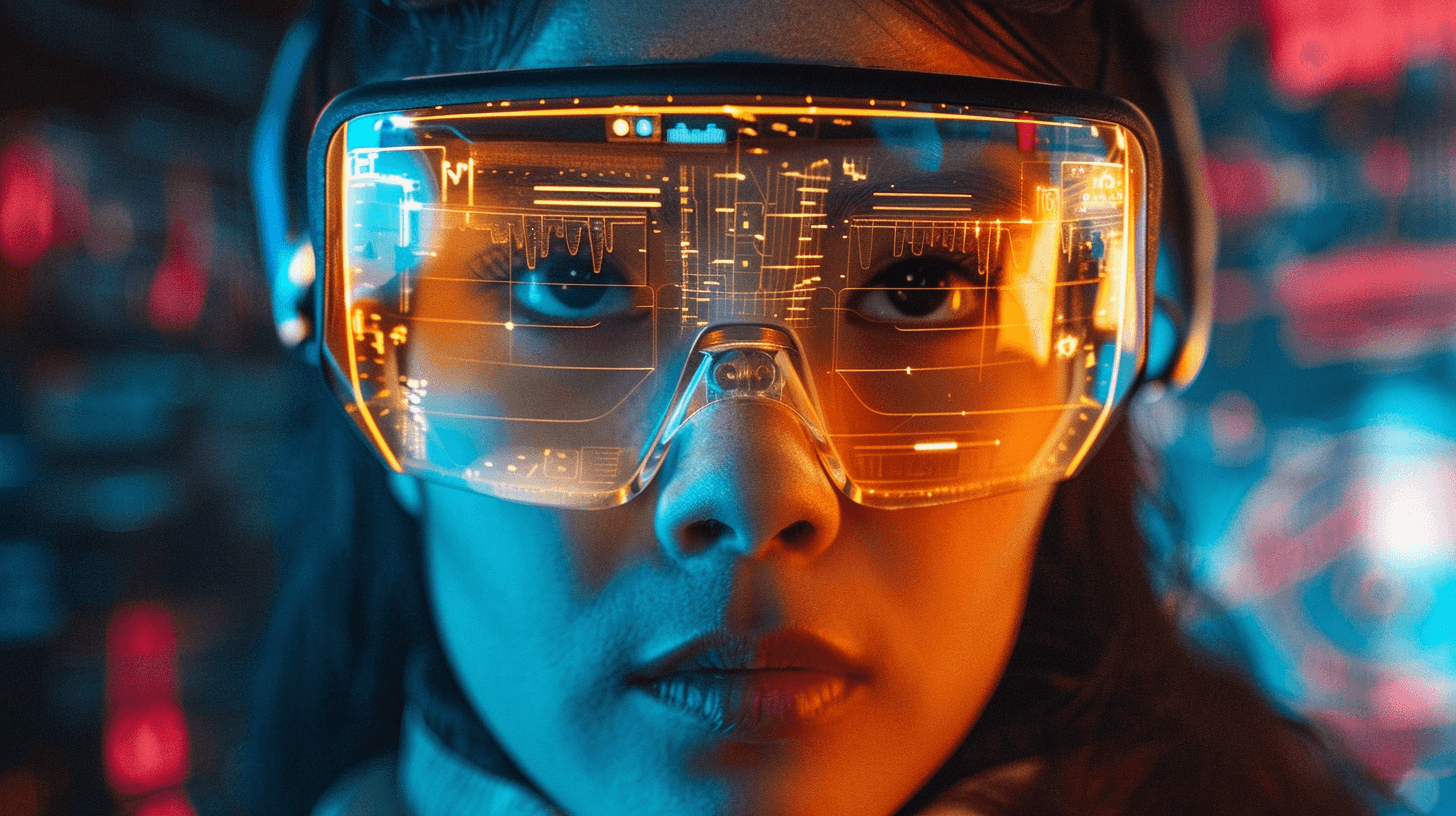
As we continue to explore the potential of smart eyewear, it's clear that this technology will play a pivotal role in shaping the future. From healthcare to education, manufacturing to entertainment, smart glasses are poised to transform numerous industries and redefine our everyday experiences.



